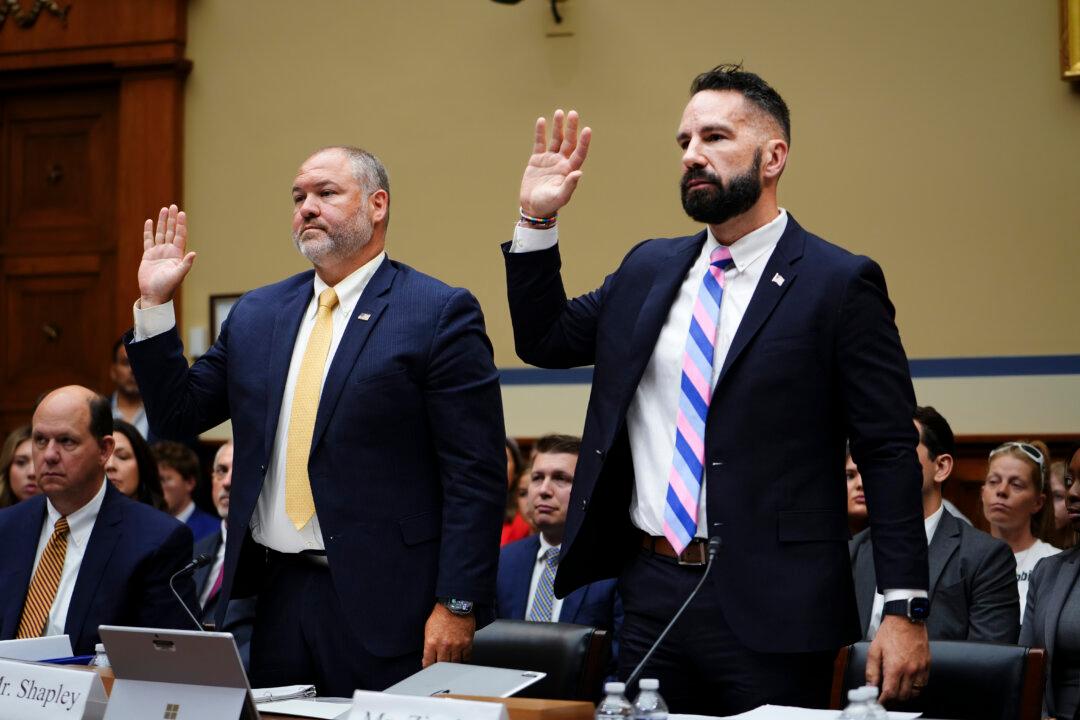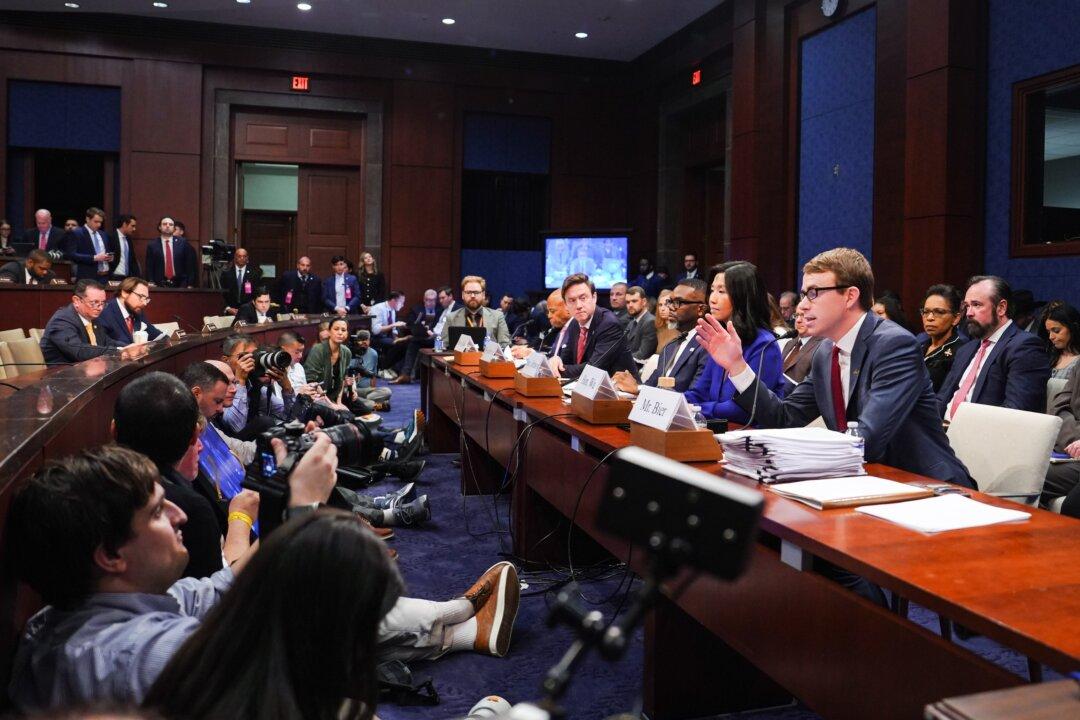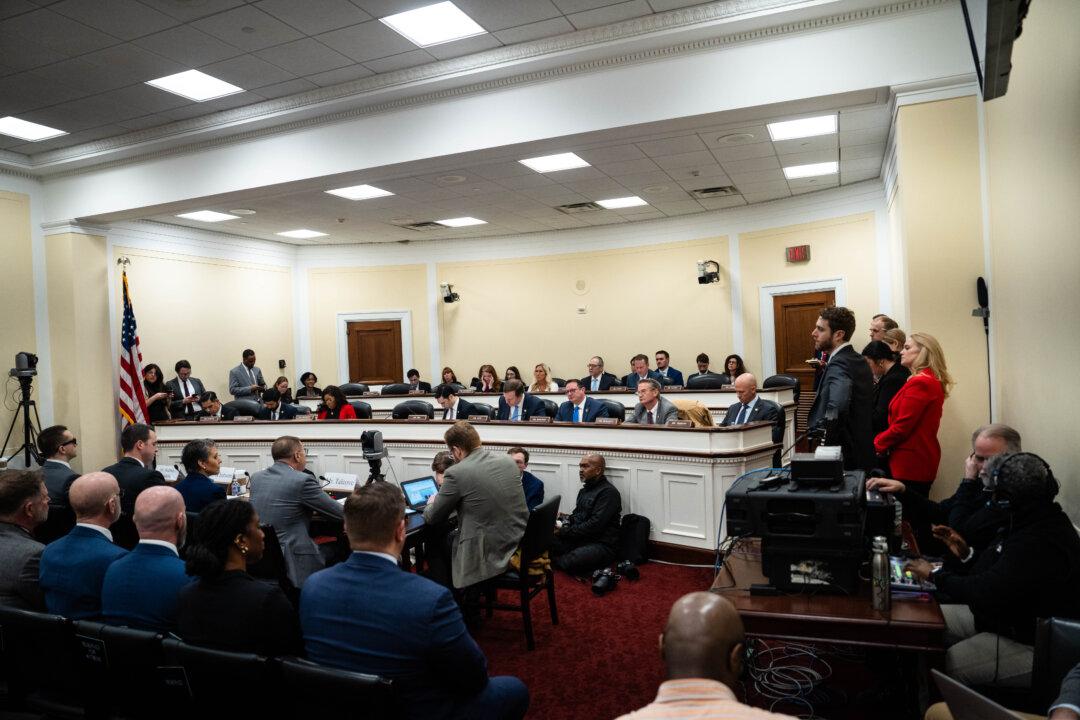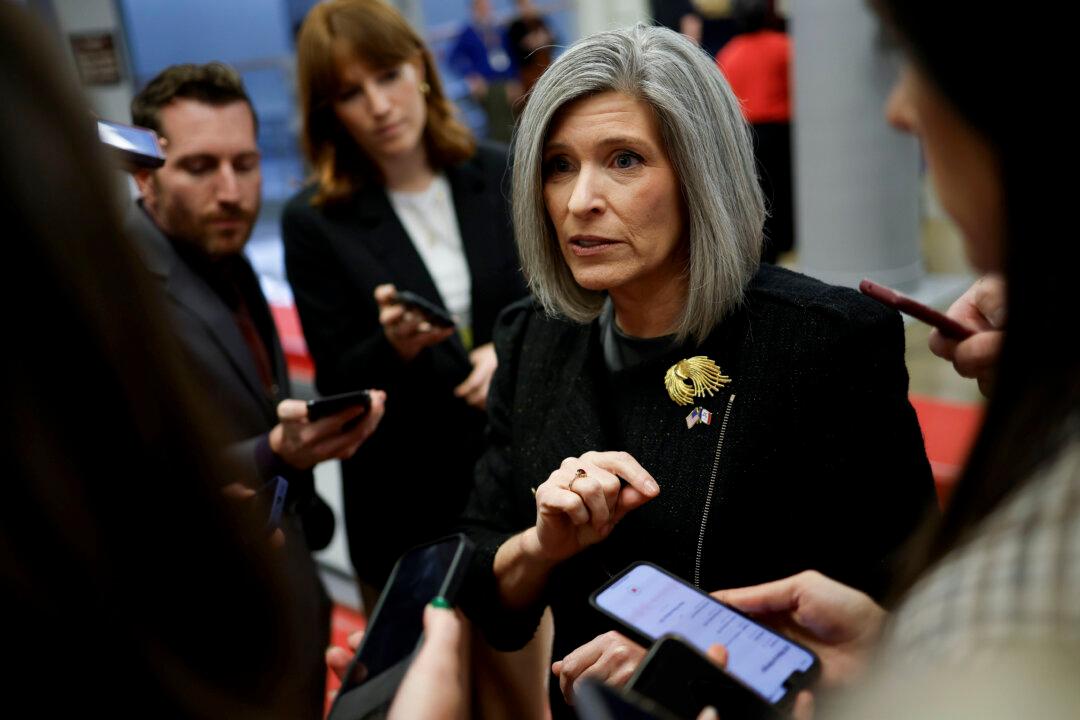America’s national debt now exceeds $123 trillion, according to a new report, or more than four times the official figure of $28 trillion, as calculated by the U.S. Treasury Department at the end of March.
Federal spending related to the CCP virus pandemic and economic lockdown added nearly $10 trillion to the total in 2020, according to the latest edition of the “Financial State of the Union 2021” report, compiled and published annually by Chicago-based nonprofit Truth in Accounting (TIA).





